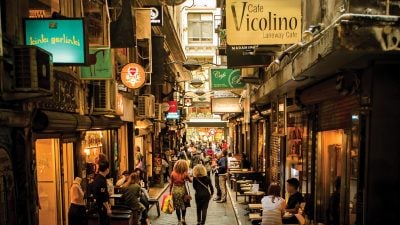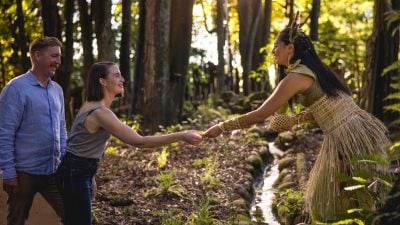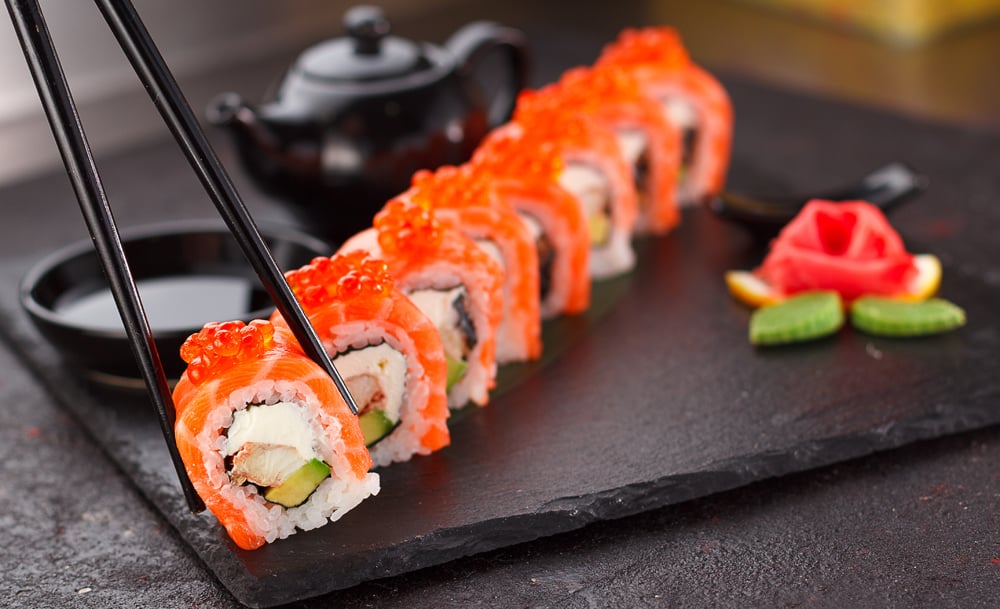
Eating Your Way Through a Trip to Japan
Food might not be the main reason you head on a trip to Japan, but it’s an essential part of the experience. Like a trip to France or Italy, a Japanese vacation brings with it the opportunity to explore world-class food cities and savour one of the world’s great cuisines. Most people know to expect sushi, but what else should you try to have to capture some of the essential flavours of Japanese food?
We’ve put together the following sample foodie itinerary to help you answer that question. Taking you on the typical route from Tokyo to Kyoto to Osaka and Hiroshima (with segues to Kanazawa and Fukuoka thrown in for good measure), we cover sushi, ramen, kaiseki cuisine, department store restaurants, izakaya culture, and regional specialities like okonomiyaki and yatai food stalls. This is just a basic journey through the country, but it does give you an idea of how you can eat your way through a trip to Japan.
Sushi and Ramen in Tokyo
If you’re on a Japan vacation, you’ll likely start in Tokyo, which is great as it’s one of the best food cities on the planet. In recent decades, Japan has rivalled France for its culinary supremacy (it even passed France as the country with the most Michelin star restaurants) and Tokyo is at the centre of Japan’s food culture.
Of all the Japanese foods, there’s probably nothing as iconic as sushi. So why not start off your time in Japan’s most famous city with a taste of its most famous food? To best experience Tokyo’s sushi culture, start off with an early morning trip to the Tsukiji Fish Market, the largest fish market in Japan and the waystation for all the fish that’s used to make sushi. If you get up really early, you may be able to snatch a ticket to the Tuna Auction, where restauranteurs and food market managers bid on the choicest cuts of blue fin tuna – the limited number of tickets are available starting at 5am. However, even if you don’t want to get up that early or witness the Tuna Auction, you’ll be able to visit the wholesale area starting at 11am and see fishermen selling large quantities of sushi-grade seafood.

After seeing where people buy the fish used to make sushi, you’ll likely work up an appetite and want to try some sushi for yourself. Luckily, you’ll find a lot of great restaurants around the market where you can have a sushi lunch. Head past the outer market and follow the hungry crowds to a local sushi restaurant, where you can order sashimi or nigiri a la carte or rely on the chefs to prepare you a selection of delicious and fresh sushi creations. Some of the restaurants around the market are very popular, so expect to wait in line a bit, but it’s worth it as the fish is some of the freshest you’ll find anywhere in Japan. After you’ve feasted on blue fin tuna, salmon, horse mackerel, and unagi (freshwater eel), you’ll be glad you waited.
Aside from sushi, ramen is quickly becoming the most popular Japanese food export. This soup made of a hearty broth and long, chewy noodles is one of the staples of the Japanese diet. On your trip to Japan, you’ll find everyone from businessmen to retired ladies slurping up ramen at small stands or in the lower levels of department stores and train stations. If you’re not picky about what ramen to have, you’ll find a great selection of restaurants on Tokyo Ramen Street in the lower levels of Tokyo Train Station, some of which rank among the best in the city. You’ll even find Rokurinsha along the street, which is credited with inventing the ramen variant, tsukemen. With tsukemen, the noodles and broth are served separately and you take the noodles and dip them into the broth as you eat. This way, the noodles stay firm throughout the meal. If you want to eat at Rokurinsha, you’ll have to wait for a bit as it’s justifiably famous; if you’re in a rush, there are plenty of other quality ramen joints along Tokyo Ramen Street. If you’re wanting something a little spicier, head out of the station and go to Kikanbo in Kanda, just south of Akihabara. They make a famous spicy miso ramen where you can choose the level of spiciness, so if you’ve ever wanted to light your mouth on fire with delicious ramen, here’s your chance.
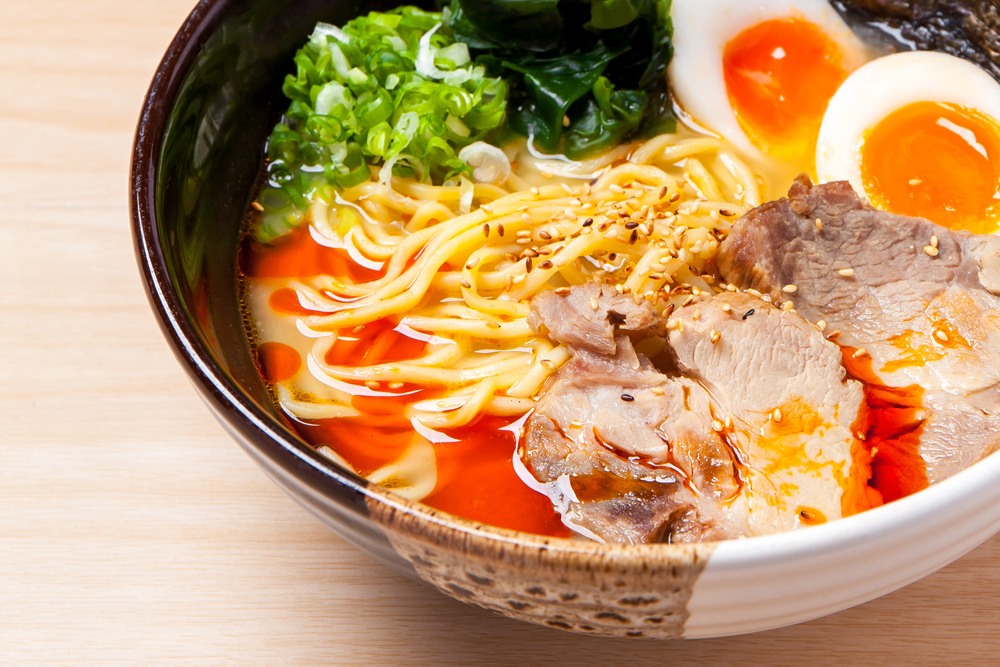
Impeccable Presentation in Kyoto
After Tokyo, on your trip to Japan, you’ll likely ride the bullet train westward to reach Kyoto, the former imperial capital and a city of hundreds of temples and shrines. After walking through the thousands of red-orange torii gates at Fushimi Inari Shrine or marvelling at the gold-paneling of Kinkaku-ji (Golden Pavilion), it’ll be time to take in some delicious cuisine. Since you’ve already tried the popular and affordable sushi and ramen dishes in Tokyo, it’s time to splurge and enjoy the finest Japanese culinary tradition: kaiseki, in Kyoto.
In simple terms, kaiseki cuisine is Japan’s version of haute cuisine. It’s a multi-course meal of small dishes with impeccable presentation and the finest seasonal ingredients. If sushi and ramen adjust to the modern tempo of the workweek, with people slurping up their entire bowl of ramen in less than five minutes while standing near the train station, kaiseki is unabashedly traditional and demands a slower tempo. Kaiseki restaurants will often be in gorgeous traditional buildings with wood paneling, sliding rice-paper doors, and servers wearing elaborate kimonos.

The number of dishes served during a kaiseki meal will vary between restaurants and chefs, but the individual dishes always follow strict guidelines. For instance, you’ll start with a sakizuke dish, which consists of light appetizers that are meant to be paired with a glass of sake. You’ll then get a mukozuke or sashimi dish, followed by a hassun, which is a platter of seasonal ingredients chosen and prepared by the chef, usually including some sushi and local meats like wagyu beef, which is beautifully marbled and some of the best beef in the world. There will also likely be a ninomo dish, which consists of braised ingredients, a suimono dish, which is a palate-cleansing soup, and a yakimono dish, which is grilled fish. There’s a good chance you’ll also enjoy some fried goods in an agemono dish and steamed goods in a mushimono dish.
A kaiseki meal may be expensive, but it’s an incredible way to enjoy the freshest seasonal ingredients and have them prepared and presented in a stunning manner. It’s a great dining experience on your trip to Japan.
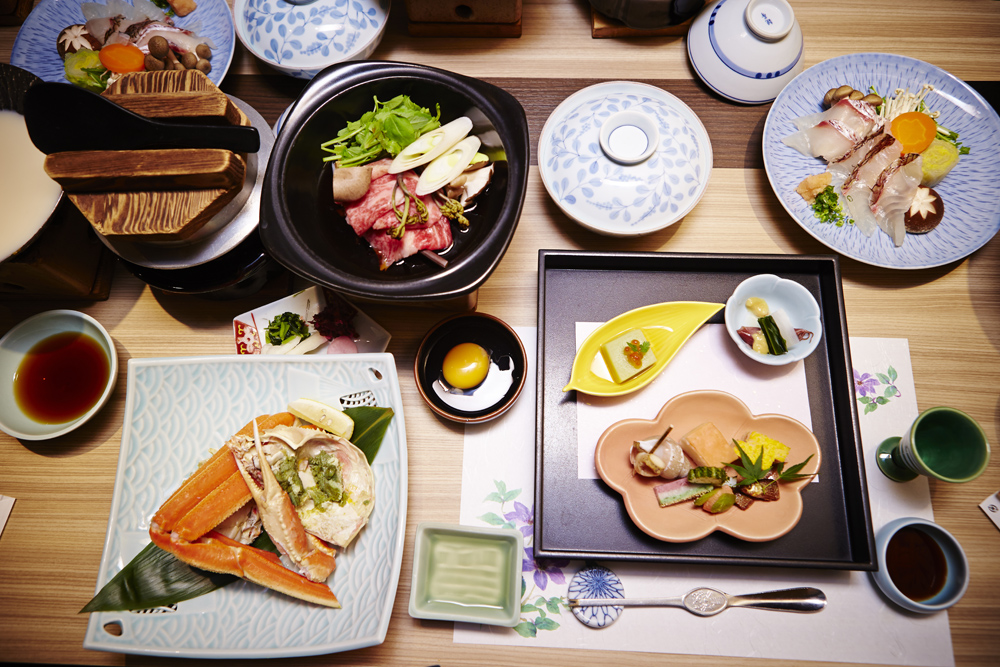
Seafood and Department Stores in Kanazawa
While many travellers limit their trips to Tokyo and Kyoto, with day trips to Nara and Nikka to supplement the sites, globetrotters with more time on their hands will likely include a few days in the Japanese Alps. Kanazawa is the most popular city in this alpine region and is home to one of the best-preserved samurai old towns in Japan, as the city was spared bombing during World War II. Kanazawa is also a great place to eat some seafood, including sushi, as it’s close to the coast and has more affordable pricing than Tokyo.
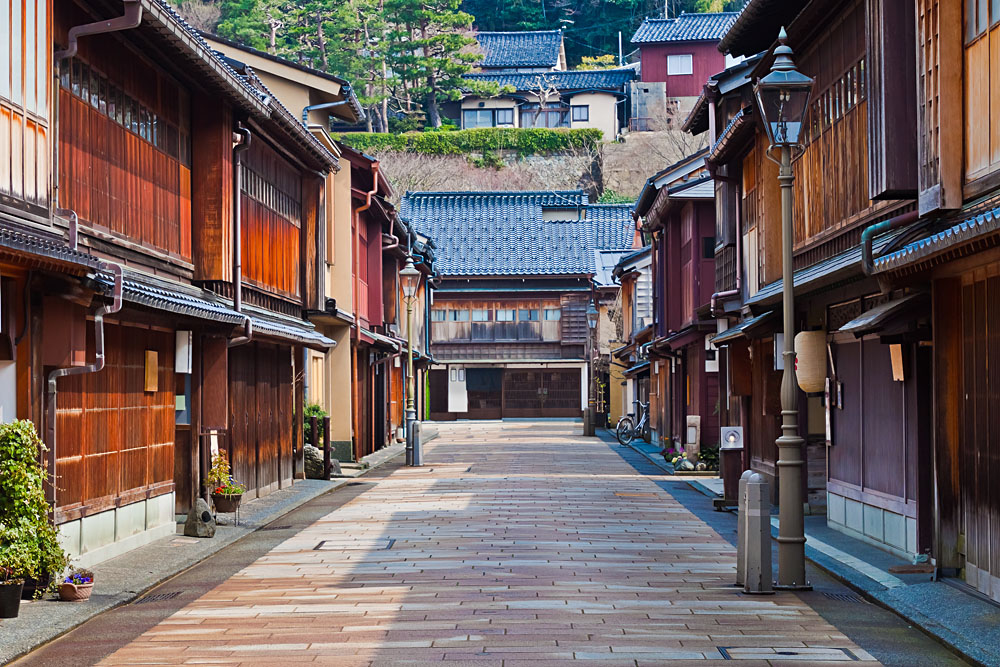
Head down to Katamachi and the other neighbourhoods bordering the Sai River to find an excellent assortment of seafood and sushi restaurants that are surprisingly affordable. However, if you don’t want to spend all your days eating sushi, Kanazawa also offers the opportunity to try another Japanese food staple: department store food. Now, hear us out: although in North America, department stores are typically drab monoliths where the best food you could hope for is some serviceable fast food, in Japan, department stores often have dedicated restaurant floors near the top levels that host a variety of quality restaurants. These restaurants usually focus on a few key dishes, so you’ll find sushi train restaurants, tonkatsu joints, and a surprising number of Italian restaurants (like the rest of the world, the Japanese love Italian food). If you’re wanting to try a modest yet delicious dish like tonkatsu, which is a breaded port cutlet that’s deep-fried and served with a tangy sauce on a bed of cabbage, finding a department store will ensure you get a delicious meal for an affordable price.

Lively food and drink in energetic Osaka
After visiting Kanazawa, you’ll continue your trip to Japan by heading down to Osaka, the third-largest city in the country. As you’ll soon learn, Osaka is a lively town, one where the nightlife doesn’t calm down until people start shuffling to their offices in the early morning hours. So there’s no better city to be introduced to the wonderful food and drink culture of the izakaya than Osaka.
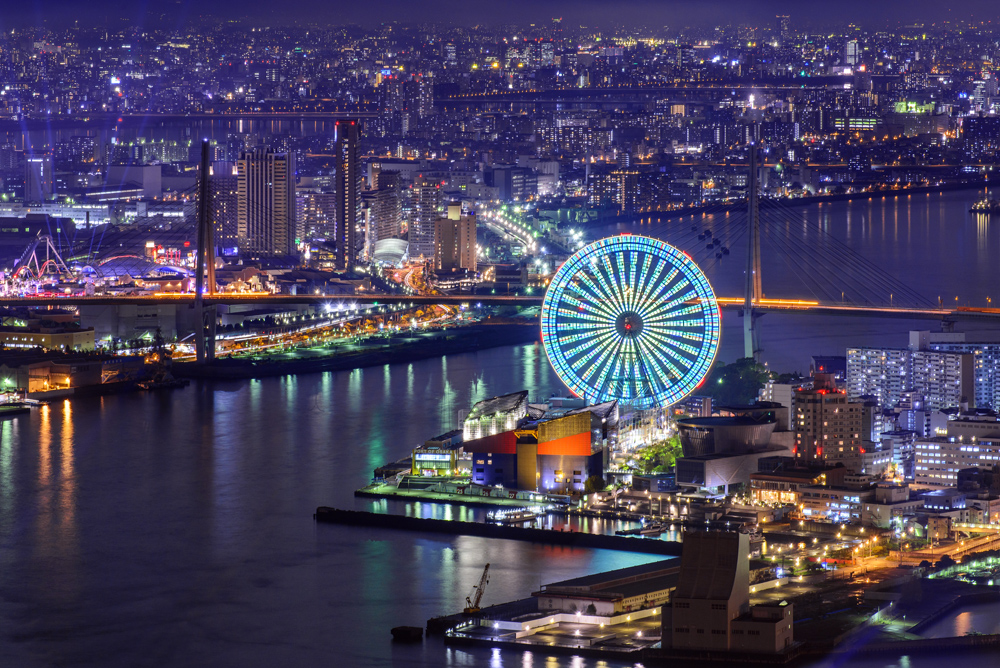
An izakaya is a pub-like bar that people go to for both food and drink. While you can order alcohol at most restaurants in Japan and it’s polite to have something to eat while drinking, the drinks are not the focus at restaurants. However, at an izakaya, the wide selection of beer, sake, shochu, and even wine is as important as the wide variety of foods available. Head to Umeda to find a vast assortment of pachinko parlours, shopping malls, video game cafes, and izakayas where you can spend the night. In an izakaya, you’ll find a lot of fried foods that pair well with beer and sake, including gyoza, which are stuffed dumplings, and karaage, which is Japanese fried chicken. The affordability and variety of food at an izakaya means that you can try out a lot of dishes that you may be curious about but hesitant to order as your main dish at a more conventional restaurant, such as Japanese beef curry or takoyaki, which is deep-fried octopus balls. Regardless of what you order, you’ll have a rollicking good time as the food and drinks keep on coming.
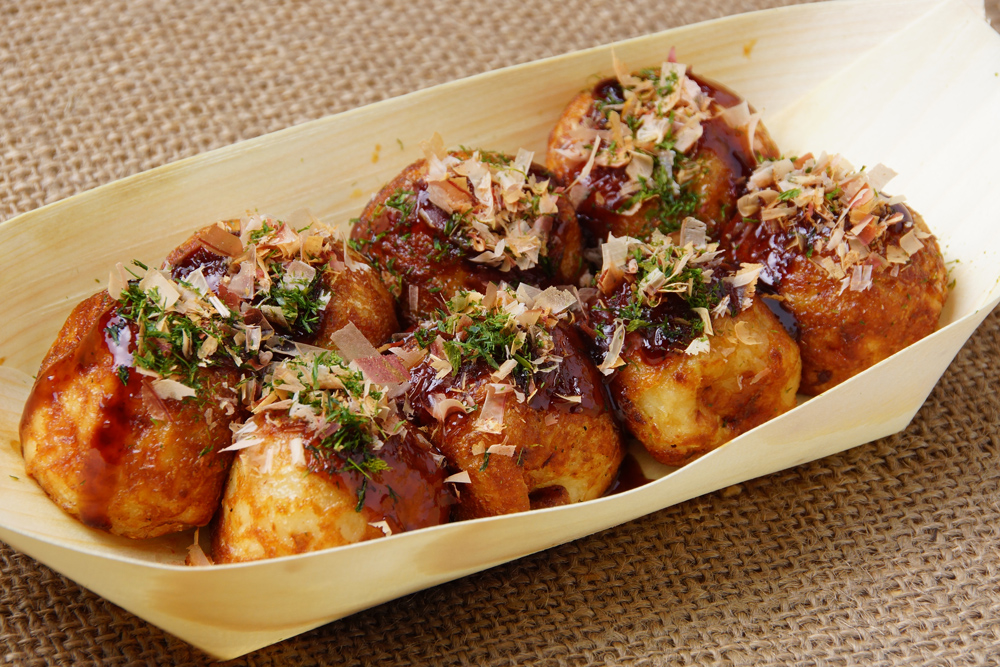
Seafood pancakes in Hiroshima
Continue along the bullet train line, on your trip to Japan, and head southwest to Hiroshima, a city that’s still dominated by the after-effects of the atom bomb that ended World War II and decimated the entire city. After taking a day trip to Itsukushima to see the famous red torii shrine in the bay and paying your respects at the Atom Bomb Dome and Peace Park, head to some of the restaurants to try a local delicacy: okonomiyaki.
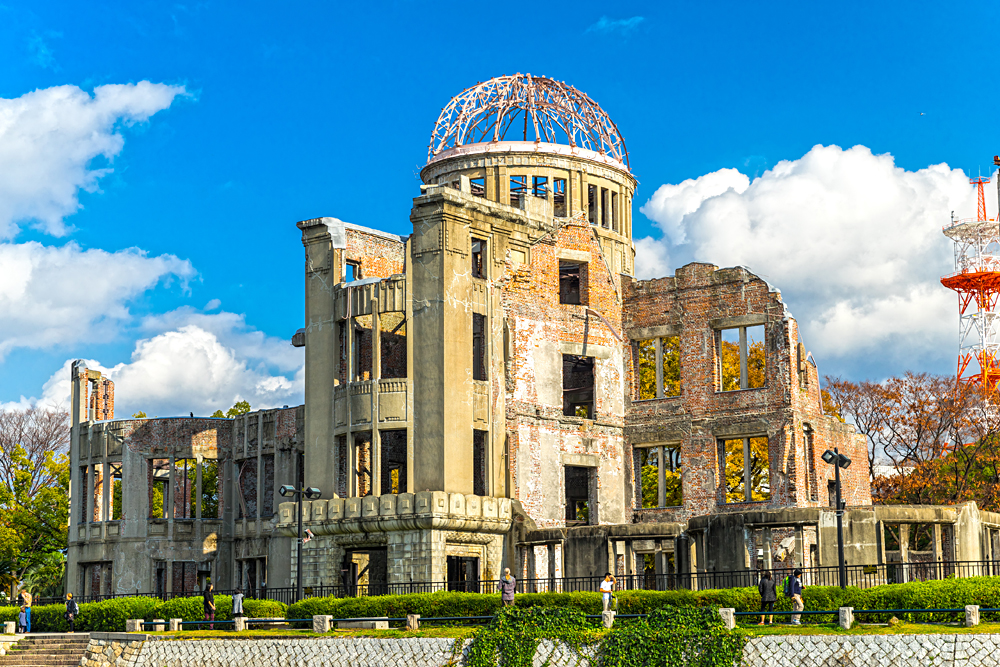
Okonomiyaki is essentially a savoury pancake that often features seafood or pork. In Hiroshima, okonomiyaki is composed of batter, cabbage, pork, and seafood like squid or shrimp that’s then topped with udon and a fried egg. The pancake is often fried in front of you at long, large tables featuring table-top griddles, and then topped with okonomiyaki sauce for an extra savoury kick. Pair your okonomiyaki with a glass of Asahi and you’ve got yourself a very satisfying meal.
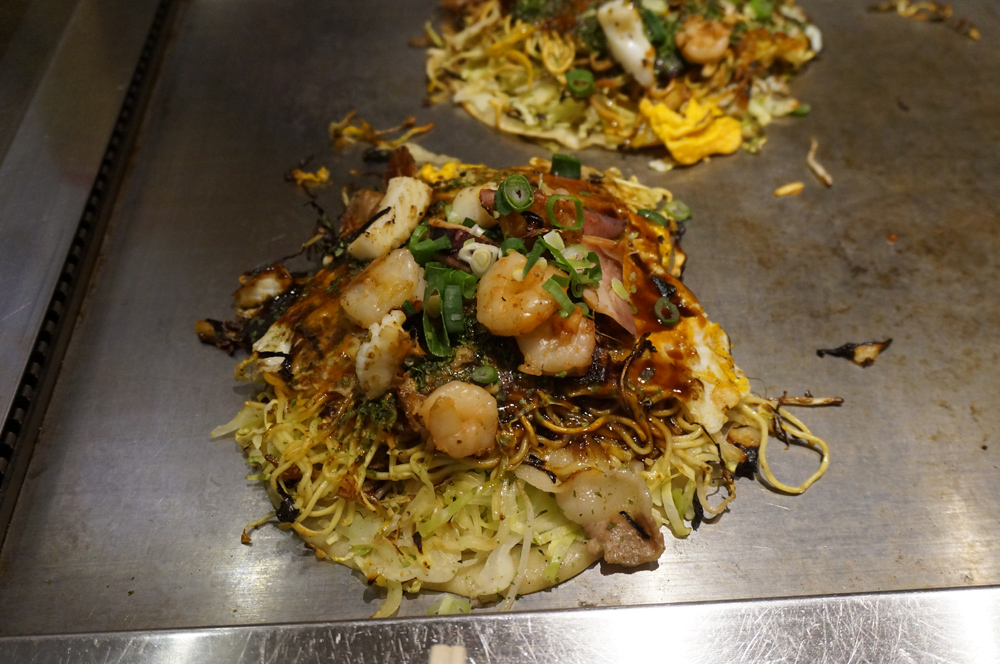
Street Food in Fukuoka
Many Japan tours never make it off the main island of Honshu, but if you do add on another island after visiting Hiroshima, odds are it’ll be the southwestern island of Kyushu. Its capital, Fukuoka, is one of Japan’s fastest growing cities and one of its standouts in terms of food.
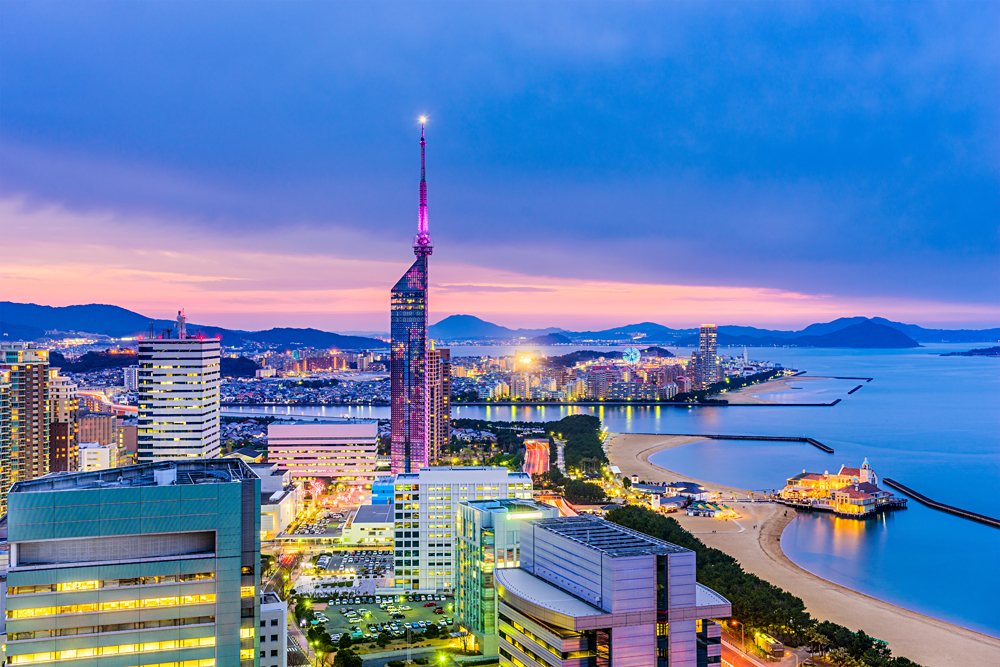
In Fukuoka, head to the districts of Tenjin or Nakasu to visit the iconic yatai or outdoor street food stalls and feast on their incredible creations. At these stalls, you can try the unique Fukuoka style of ramen, known as Hakata ramen, which has thin noodles instead of thick noodles. You can also feast on takoyaki, mabo tofu, or various kinds of tempura, which consists of ingredients like shiitake mushrooms or prawns battered in panko breadcrumbs and deep-fried. You can also satisfy your sweet tooth with a Japanese dessert such as daifuku, which is a rice cake stuffed with sweet bean jam and cream.

This itinerary only offers a small taste of the flavours available to you on a trip to Japan, but it does give you an idea of the breadth of dishes and flavours that you can expect when travelling through the country. From sushi to ramen to kaiseki meals and okonomiyaki, Japanese food will satisfy all palettes and budget levels. There are simply few countries that are as satisfying to a foodie traveller.
Related Article:
Sapporo to Sake and Beyond: Drinks Enjoyed on Japan Tours
Get more travel inspiration by email.
Subscribe
0 Comments

Get the latest travel trends & hear about the best deals on vacations around the world.
If you’re a Globetrotter, these are the newsletters for you!
